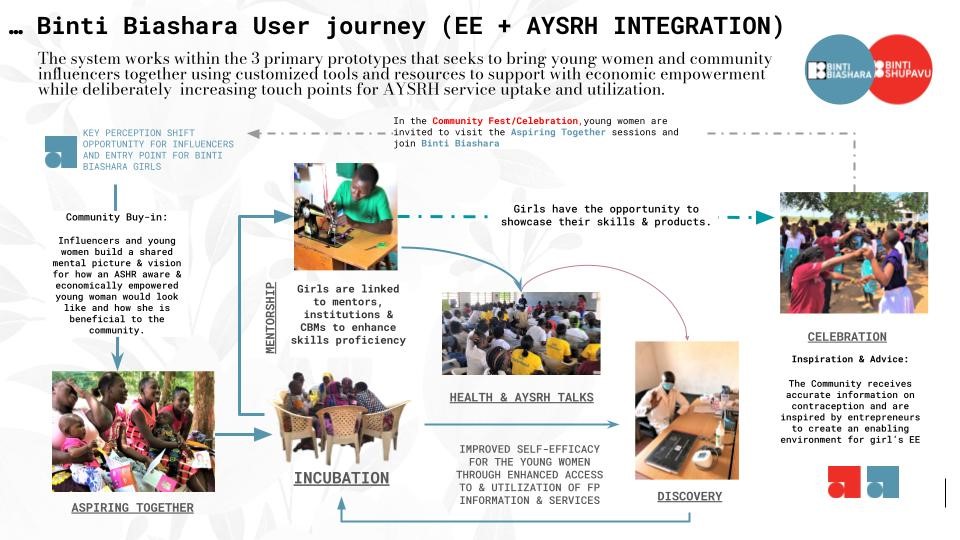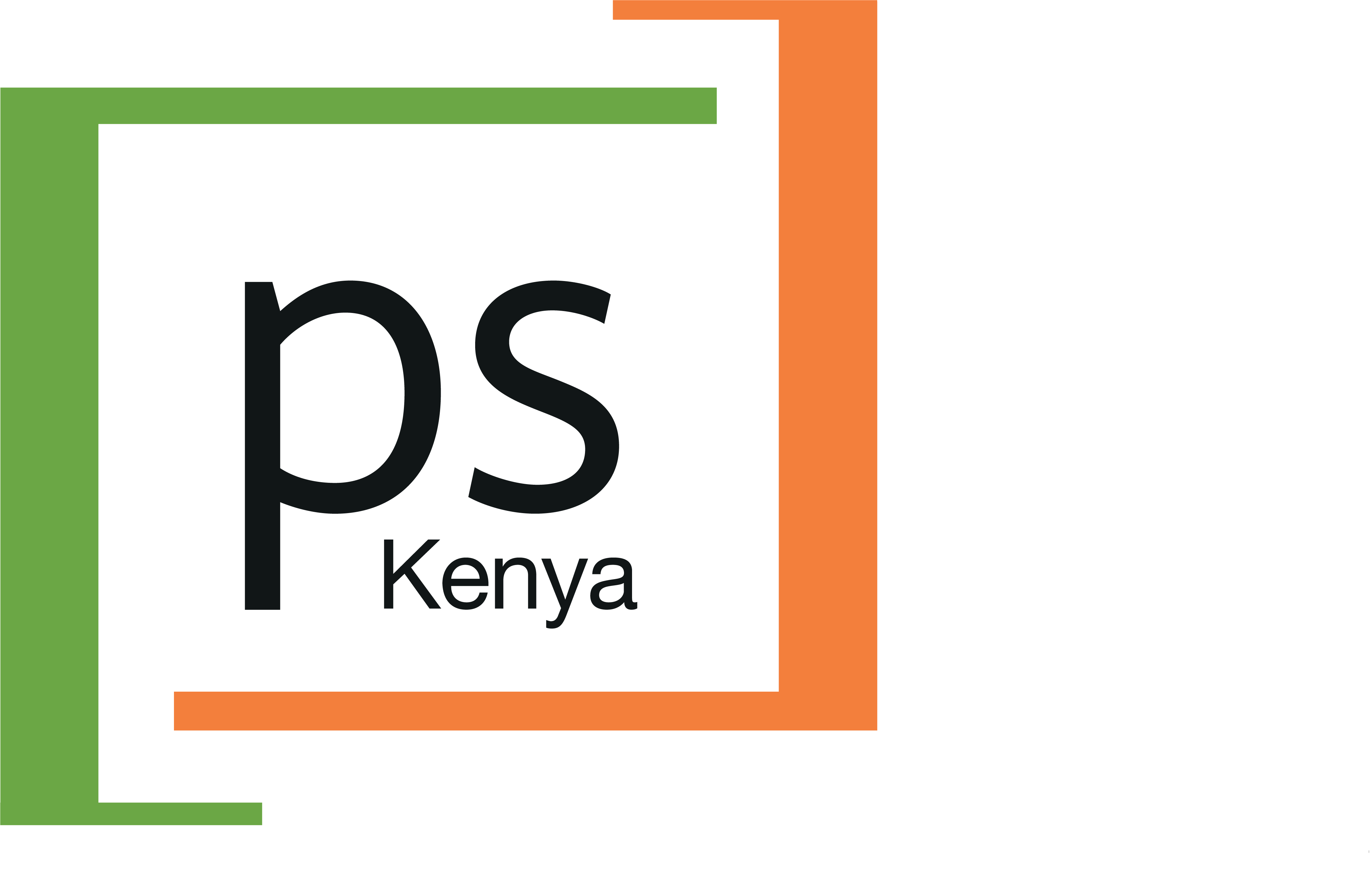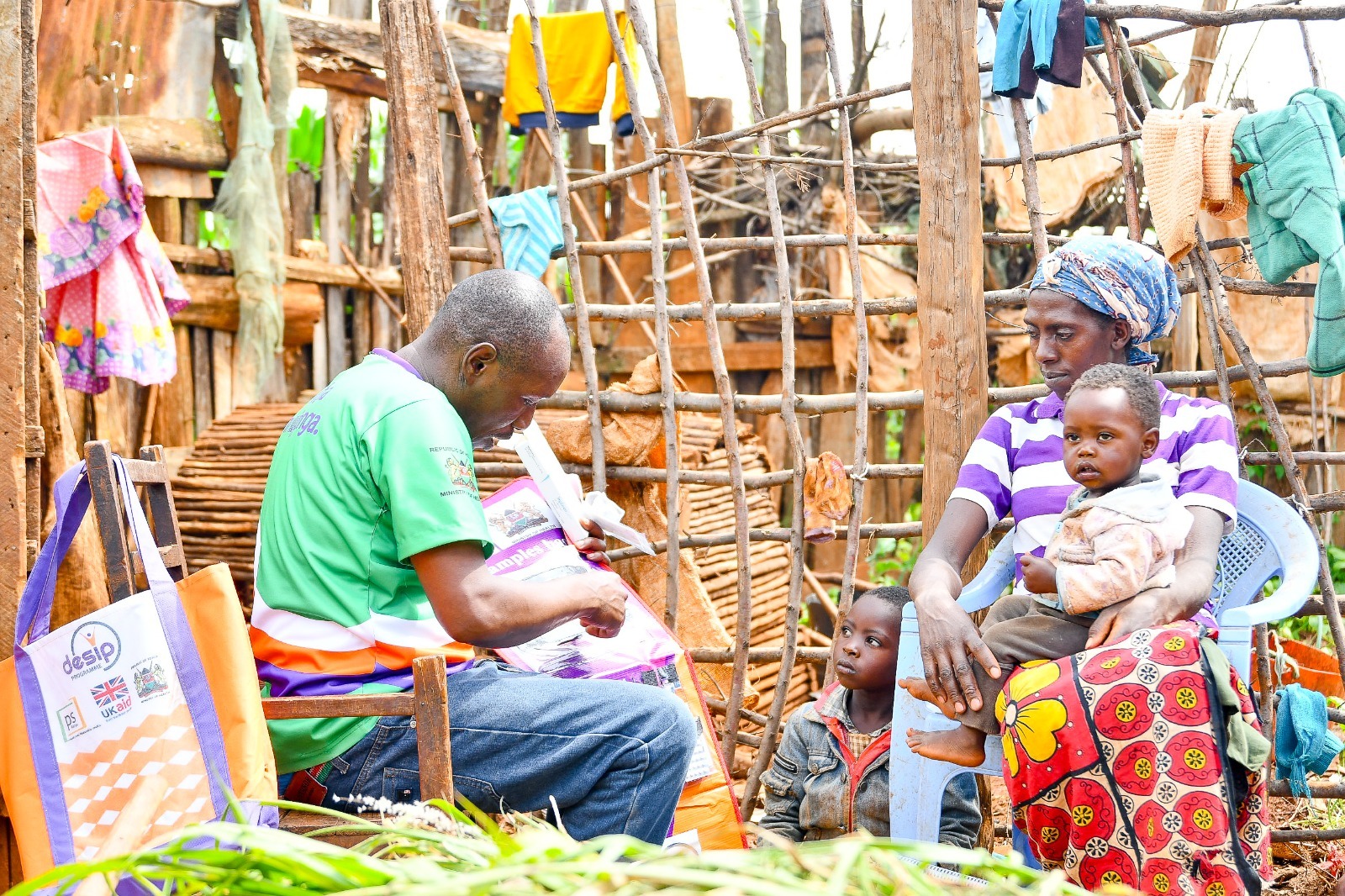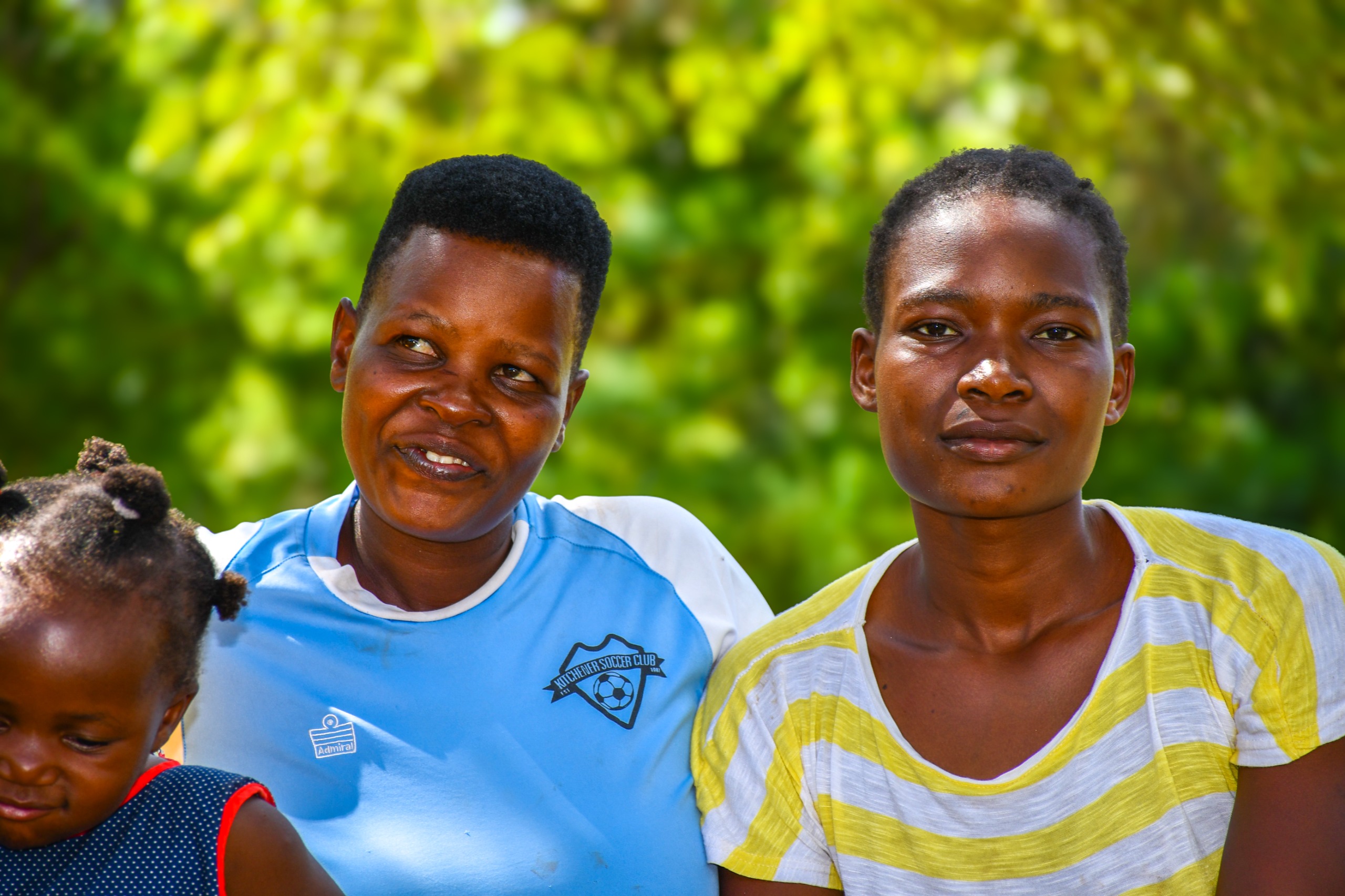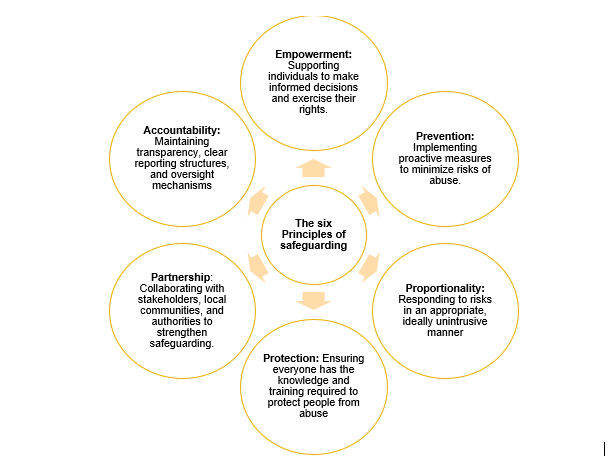WHAT WE KNOW ABOUT ADOLESCENTS IN KILIFI
This figure below shows the key reproductive events for both rural and urban girls. (Ref: PMA 2020. PMA in Kenya is conducted in a sample of 11 counties. Kilifi is part of the 11 counties)
Kilifi County has a youthful population with adolescents comprising 24% of the population. The average age at first sex is less than 18 years and majority of the girls are married by 19 years which is a year earlier than the national average. Even though there is early sexual exposure either within or outside marriage, girls in Kilifi have limited access to contraception with only 20% of those in union using contraception, which is significantly lower than the national average of 37%. Further, the percentage of adolescents in Kilifi County with an unmet need for contraception stands at 59%. . Low contraceptive use and high unmet need leads to high teenage pregnancy rates with 22% of girls in the County having begun childbearing with an adolescent birth rate of 123 births per 1000 adolescent girls.
CORE INTERVENTION ELEMENTS
A policy environment that stimulates robust economic development combined with investments in reproductive health and education, will support adolescents to delay their first birth and increase school completion, thus helping Kenya lower its dependency ratio from the current 69.5% and achieve the Vision 2030 goal of a globally competitive and prosperous nation with a high quality of life.

A robust research & learning agenda has been designed to entail understanding, applying, and sharing what works and why, to achieve the program’s goals. This research & learning agenda will be centred on addressing critical gaps in the knowledge base on the Maverick Next program and specifically around the interventions implemented to:
-
- Support adolescent girls’ access, uptake, and continuation of contraceptive method use, particularly girls who are hardest to reach.
- Strengthen engagement of adolescent girls’ and their key influencers to improve the enabling environment for girls’ agency and SRH decision-making.
- Strengthen vocational skills component & use partnerships to expand economic empowerment opportunities for young mothers.
- Identify and address barriers to integration of Maverick Next interventions within government health systems.
This research and learning approach will be based on a technical learning cycle that is centred on:
1) Deliberately designing programs with consumers to achieve lasting health impact at scale.
2)Using fit-for-purpose evidence to adapt and remain responsive to evolving contexts.
3) Strategically disseminating results across the lifecycle to shape markets, influence policies, and shift funding to respond to consumer desires and therefore achieve sustainable health impact faster.
HUMAN-CENTERED DESIGN
The program design process, included human-centered design (HCD), developmental neuroscience and meaningful youth engagement that generates context-specific insights that allowed the team to understand how the interplay of adolescent and young mothers’ development (biological, cognitive, social, emotional, and sexual), youth culture, and sexual norms affect AYSRH behavior in specific cultural contexts and apply that understanding to the models that were developed.
HCD is a process that uncovers the human needs and aspirations that unlock new opportunities and creates holistic products and services to meet the needs of the users, beneficiaries and stakeholders.
Through HCD, the program design approach has been exploratory, combining qualitative research practices from the fields of ethnography, and youth participatory action research (PAR) and will target adolescent girls, married or not married in the five counties. Qualitative data will be collected through the following techniques: Photo narratives, focus group discussions (FGDs), key informant interviews (KII), in-depth interviews (IDIs), and observation. This also included interviewing other community members and experts in order to generate a diverse set of insights to inform the program’s design.
After going through rigorous phases of insight gathering and concept validation exercises, the program narrowed into two wholesome approaches that encompass an Institutional Model and a Community Based Model with a user journey expounded in the figure below.
